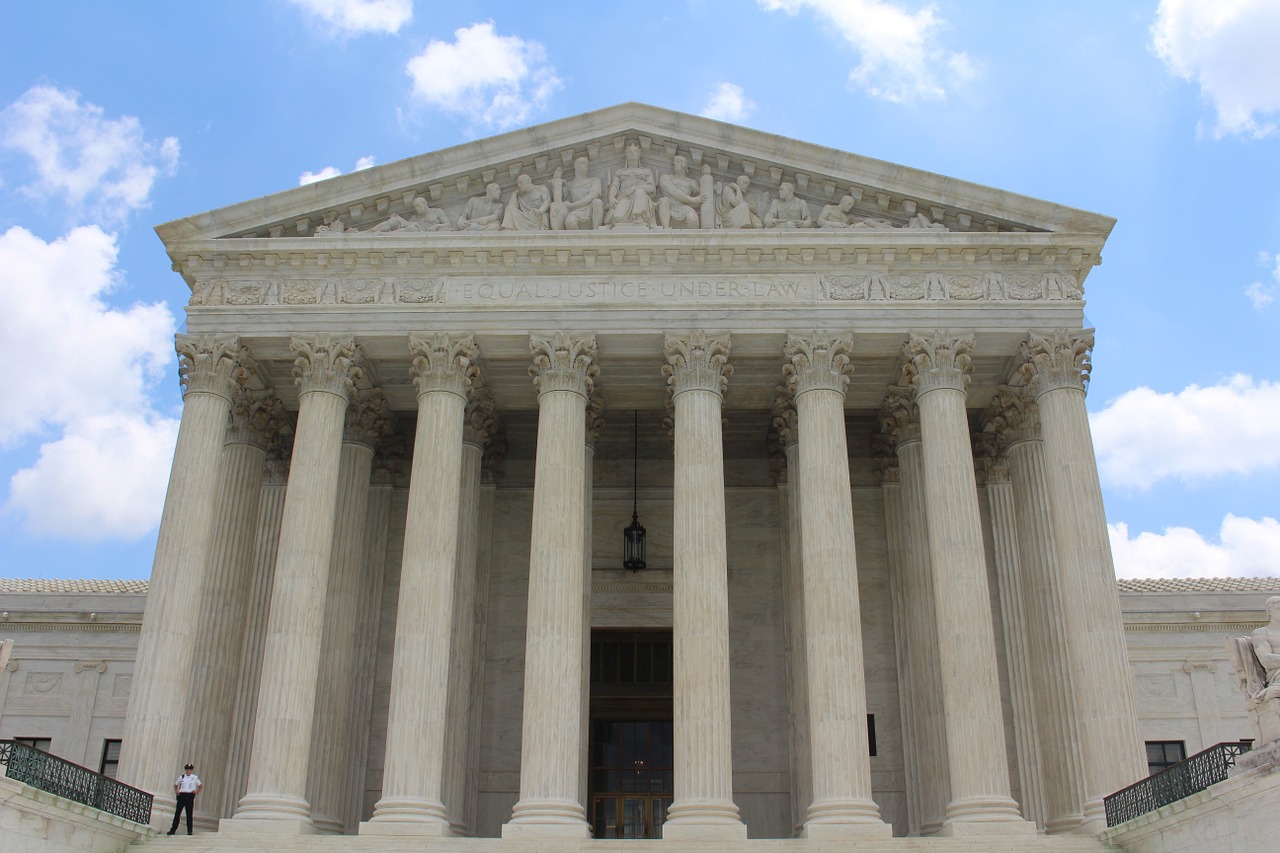In 2010, District Attorney Doug Evans tried to convict Curtis Flowers of the same murder charges for the sixth—yes, the sixth—time. Before the trial began, Evans did the same thing he had done before each of Flowers’ previous trials: he used his peremptory challenges to remove as many Black jurors as possible. Evans managed to seat a jury with eleven white jurors and one Black juror, and the jury promptly convicted Flowers and sentenced him to death. Flowers appealed his conviction to the Mississippi Supreme Court, arguing that the Court should grant him a new trial because Evans had picked the jury in a discriminatory and unconstitutional manner.
When the Mississippi Supreme Court heard Flowers’ appeal, it had every reason to think that Evans struck the Black jurors because of their skin color. The facts of the case spoke for themselves: during Flowers’ trials, Evans removed 41 of 43 possible Black jurors and struck Black jurors 20 times more frequently than he struck white jurors.
Now the US Supreme Court will get a chance to weigh in. On March 20, 2019, the Court will hear oral arguments and have the opportunity to continue its long-standing commitment to the principle that racial prejudice has no place in jury selection—especially when the defendant’s life is on the line.
Following jury selection in two of the previous trials, courts determined that Evans had struck Black jurors because of their race and then given courts “pretextual” reasons for the strikes. In plainer language: he lied about why he removed them. One of the courts called Evans’ efforts “as strong a case of racial discrimination” as it had ever seen. If this were not enough to call Evans’ credibility into question, in two of Flowers’ other trials, Evans committed acts of flagrant prosecutorial misconduct entirely distinct from his penchant for jury discrimination. Despite this track record, the Mississippi Supreme Court ruled that Evans’ history of lies and discrimination were irrelevant and accepted his denials of discrimination at face value. In so doing, the court defied both the Constitution and common sense.
The right to serve on and be tried by an impartial jury selected in a nondiscriminatory manner is as integral to full participation in our democracy as the right to vote. Since 1880, the US Supreme Court has been clear that racial discrimination in jury selection violates the Constitution. But the devil is in the details. Each time the Supreme Court has prohibited states from discriminating in jury selection, state officials have found new ways to circumvent the law. Indeed, even when the Court ruled in Batson v. Kentucky that prosecutors could not use their peremptory challenges to discriminate, Justice Thurgood Marshall warned that the Court’s decision would not end the practice.
It’s hard to find a better example than Flowers v. Mississippi. The transcript from Flowers’ sixth trial is clear: Evans struck Black jurors because of their race. After seating a single Black juror at the start of jury selection, Evans used his peremptory strikes to remove every other Black prospective juror. Out of a jury pool that had been 42 percent Black, Evans managed to whittle the final jury down to a group of 11 white jurors and one Black juror. Despite the dubious and circumstantial nature of the prosecution’s case, Evans’ mostly white jury convicted Flowers in less than half an hour.
When the Supreme Court barred the use of racially-biased peremptory challenges three decades ago in Batson v. Kentucky, it instructed lower courts on how to enforce the law. Courts must conduct a robust, searching review of prosecutors’ superficially neutral reasons for striking Black jurors. Batson specifies that the inquiry must be both “sensitive” and “cumulative.” Common sense, along with other Supreme Court decisions, tell us that in any situation concerning purposeful discrimination context and history matter.
The Mississippi Supreme Court conducted no such sensitive inquiry, ignoring both the context of Evans’ strikes and his history of discrimination and deceit in this case. Though the court acknowledged a disparity in the number and complexity of questions that Evans asked white and Black jurors, the court found that neither factor “alone” proved discrimination. But those facts should never be considered alone. They must be considered against the backdrop of Evans’ well-established pattern of misconduct in Flowers’ case.
Since Evans was first elected district attorney more than a quarter century ago, he and his office have removed Black jurors 4.4 times more frequently than white jurors. In this case, Evans’ jury selection practices produced six all-white or predominantly-white juries to decide Curtis Flowers’ fate. With his current conviction and death sentence tainted by an unconstitutional process, Mississippi cannot be confident that the system got it right and that Mr. Flowers should be put to death.
Like every American, Curtis Flowers has the constitutional right to a representative and impartial jury of his peers chosen without racial discrimination. And Black Mississippians have the right to serve on juries and to participate as full citizens in the administration of justice. Just as the Supreme Court has done many times since 1880, it must again intervene to ensure that equal rights prevail.
Chris Kemmitt is Senior Counsel & Director of Professional Development at the NAACP Legal Defense and Educational Fund (LDF), where he focuses primarily on criminal justice litigation. He previously spent seven years as an attorney at the Public Defender Service for the District of Columbia. He is the counsel of record on LDF’s amicus curiae brief in Flowers v. Mississippi.
Suggested citation: Chris Kemmitt, The Supreme Court Must Stand for Equality in Upcoming Jury-Selection Case, JURIST – Professional Commentary, March 15, 2019, https://www.jurist.org/commentary/2019/03/jury-selection-case/


